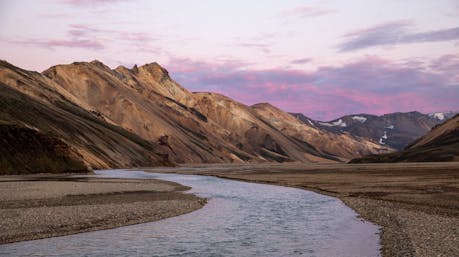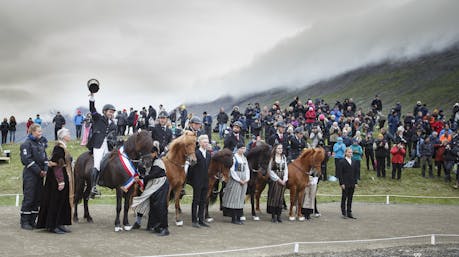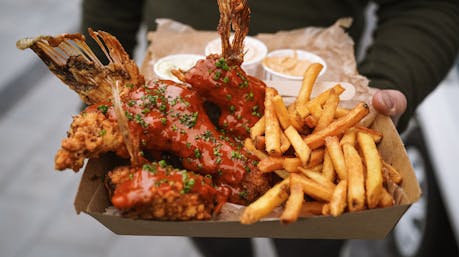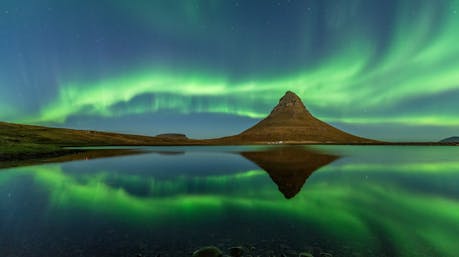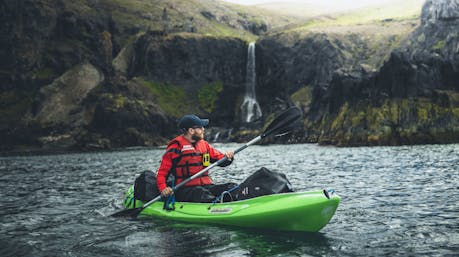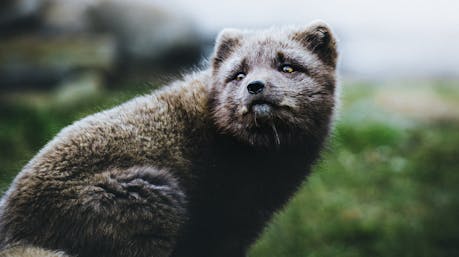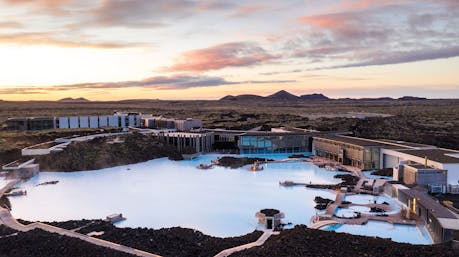
6 Apr 2024 - 31 Oct 2025
6 Apr 2024 - 31 Oct 20256 Apr 2024 - 31 Oct 20256 Apr 2024 - 31 Oct 20256 Apr 2024 - 31 Oct 20256 Apr 2024 - 31 Oct 20256 Apr 2024 - 31 Oct 20256 Apr 2024 - 31 Oct 20256 Apr 2024 - 31 Oct 20256 Apr 2024 - 31 Oct 20256 Apr 2024 - 31 Oct 20256 Apr 2024 - 31 Oct 20256 Apr 2024 - 31 Oct 20256 Apr 2024 - 31 Oct 20256 Apr 2024 - 31 Oct 20256 Apr 2024 - 31 Oct 20256 Apr 2024 - 31 Oct 20256 Apr 2024 - 31 Oct 20256 Apr 2024 - 31 Oct 20256 Apr 2024 - 31 Oct 20256 Apr 2024 - 31 Oct 20256 Apr 2024 - 31 Oct 20256 Apr 2024 - 31 Oct 20256 Apr 2024 - 31 Oct 20256 Apr 2024 - 31 Oct 20256 Apr 2024 - 31 Oct 20256 Apr 2024 - 31 Oct 20256 Apr 2024 - 31 Oct 20256 Apr 2024 - 31 Oct 20256 Apr 2024 - 31 Oct 20256 Apr 2024 - 31 Oct 2025
HUMAN: Sculpture Exhibition by Steinunn Thórarinsdóttir
The Augustenborg_Project, Galleri Christoffer Egelund, and The Embassy of Iceland present the H...
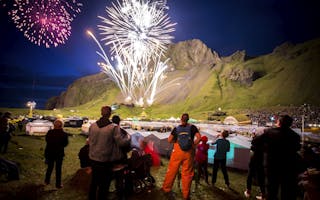
1 - 4 Aug 2025
1 - 4 Aug 20251 - 4 Aug 20251 - 4 Aug 20251 - 4 Aug 20251 - 4 Aug 20251 - 4 Aug 20251 - 4 Aug 20251 - 4 Aug 20251 - 4 Aug 20251 - 4 Aug 20251 - 4 Aug 20251 - 4 Aug 20251 - 4 Aug 20251 - 4 Aug 20251 - 4 Aug 20251 - 4 Aug 20251 - 4 Aug 20251 - 4 Aug 20251 - 4 Aug 20251 - 4 Aug 20251 - 4 Aug 20251 - 4 Aug 20251 - 4 Aug 20251 - 4 Aug 20251 - 4 Aug 20251 - 4 Aug 20251 - 4 Aug 20251 - 4 Aug 20251 - 4 Aug 20251 - 4 Aug 2025
Verslunarmannahelgi 2025
Verslunarmannahelgi, also known as "Merchants" or "Commerce Day" Weekend, i...

5 - 10 Aug 2025
5 - 10 Aug 20255 - 10 Aug 20255 - 10 Aug 20255 - 10 Aug 20255 - 10 Aug 20255 - 10 Aug 20255 - 10 Aug 20255 - 10 Aug 20255 - 10 Aug 20255 - 10 Aug 20255 - 10 Aug 20255 - 10 Aug 20255 - 10 Aug 20255 - 10 Aug 20255 - 10 Aug 20255 - 10 Aug 20255 - 10 Aug 20255 - 10 Aug 20255 - 10 Aug 20255 - 10 Aug 20255 - 10 Aug 20255 - 10 Aug 20255 - 10 Aug 20255 - 10 Aug 20255 - 10 Aug 20255 - 10 Aug 20255 - 10 Aug 20255 - 10 Aug 20255 - 10 Aug 20255 - 10 Aug 2025
Reykjavík Pride 2025
Reykjavík Pride will take place August 6-11. Reykjavik Pride is a festival where the whole nati...

